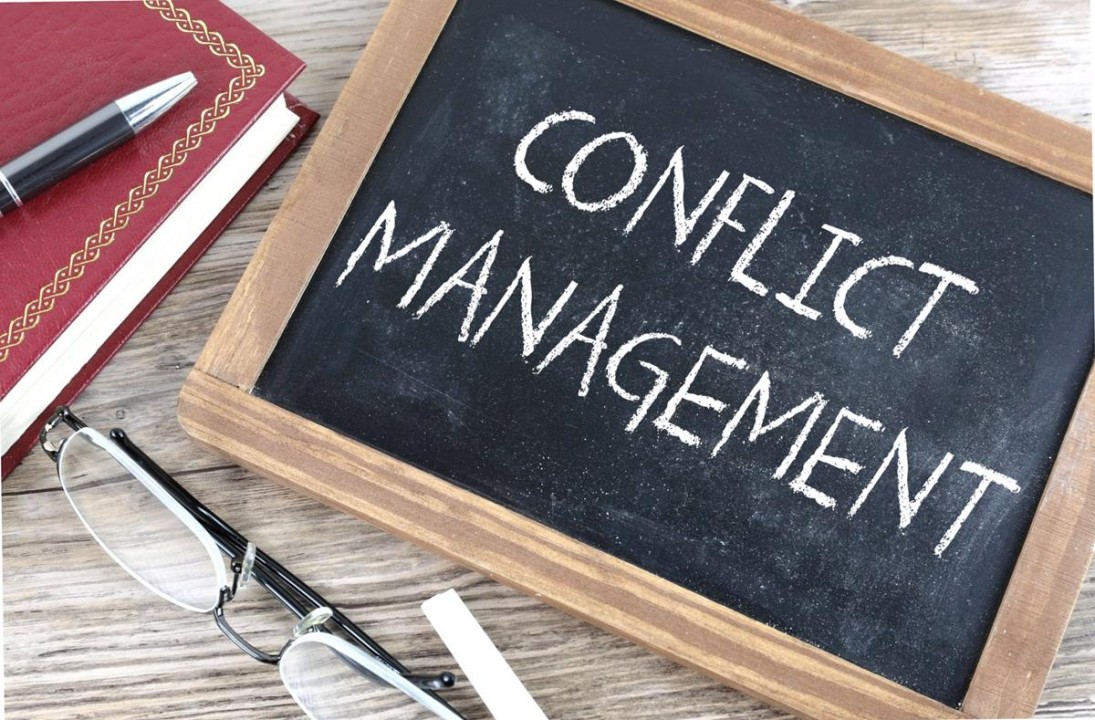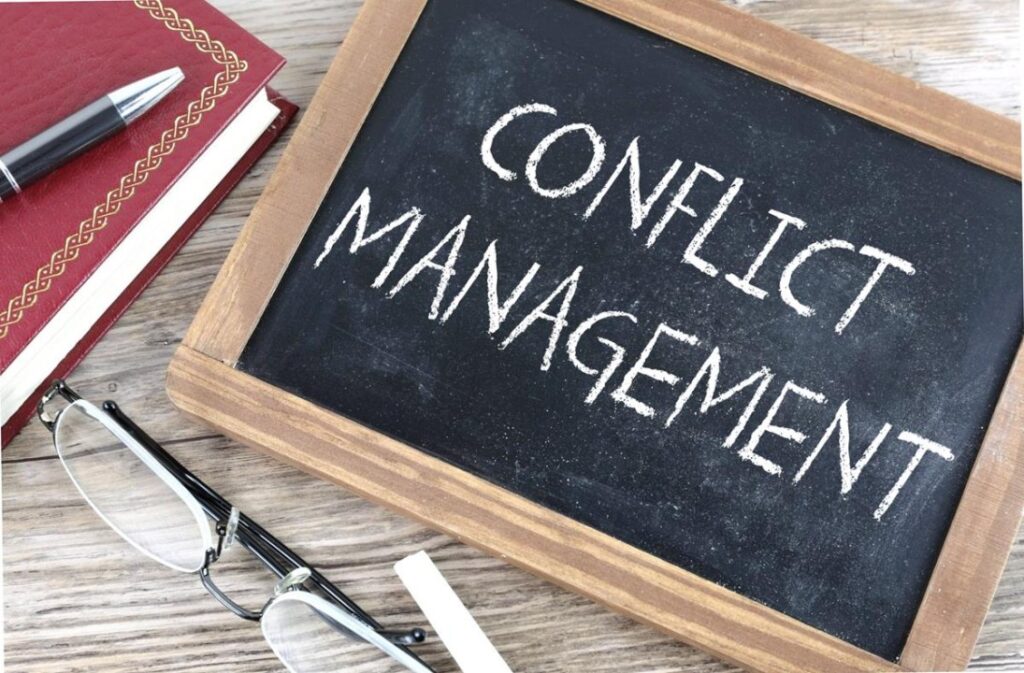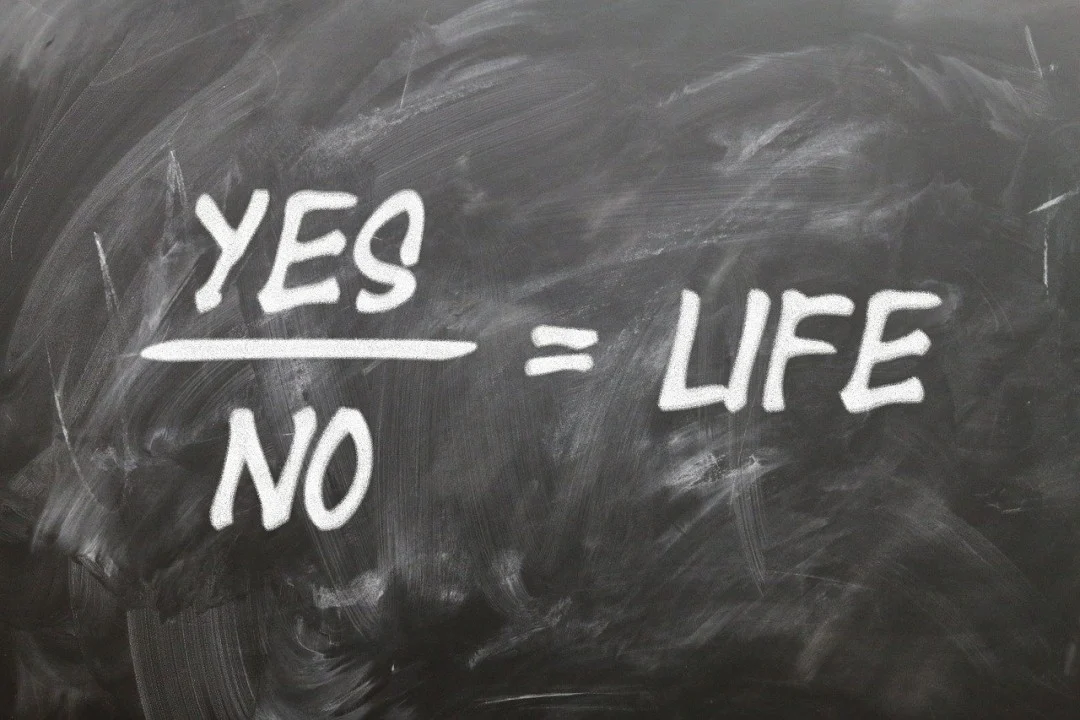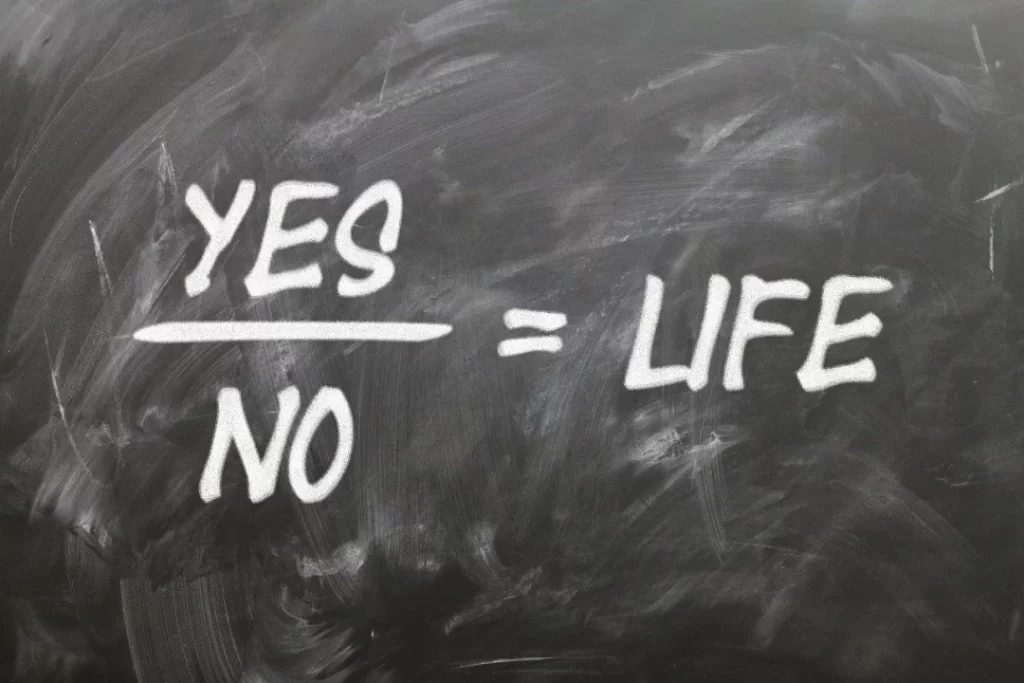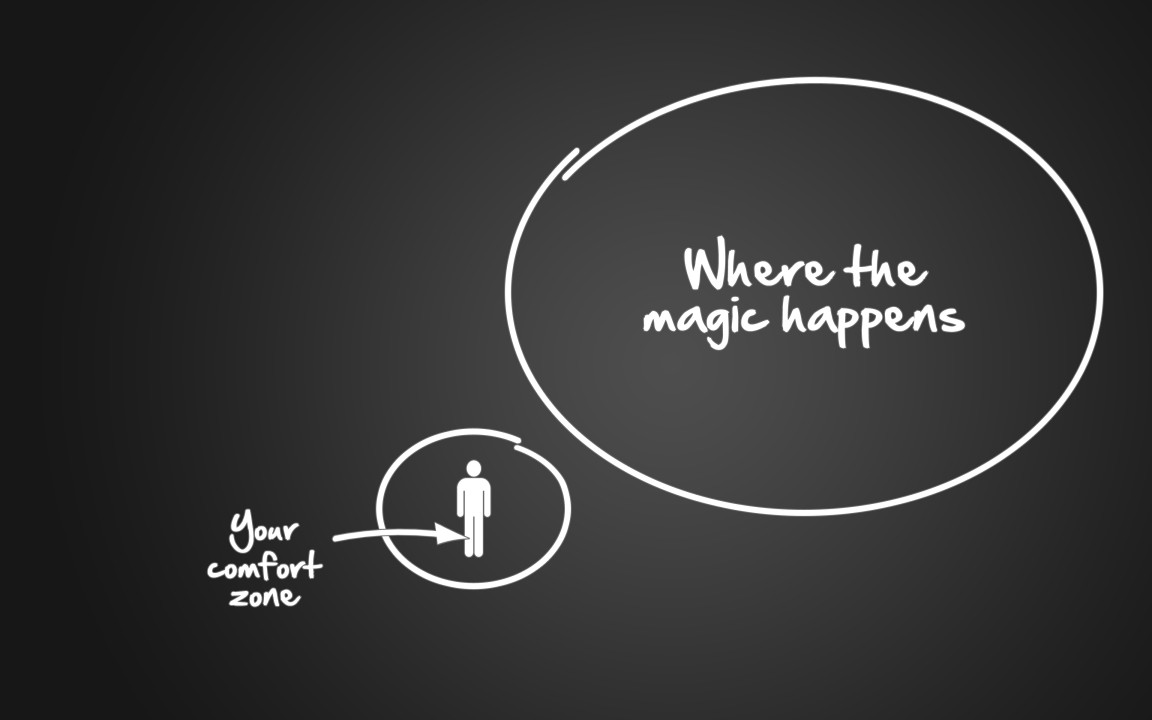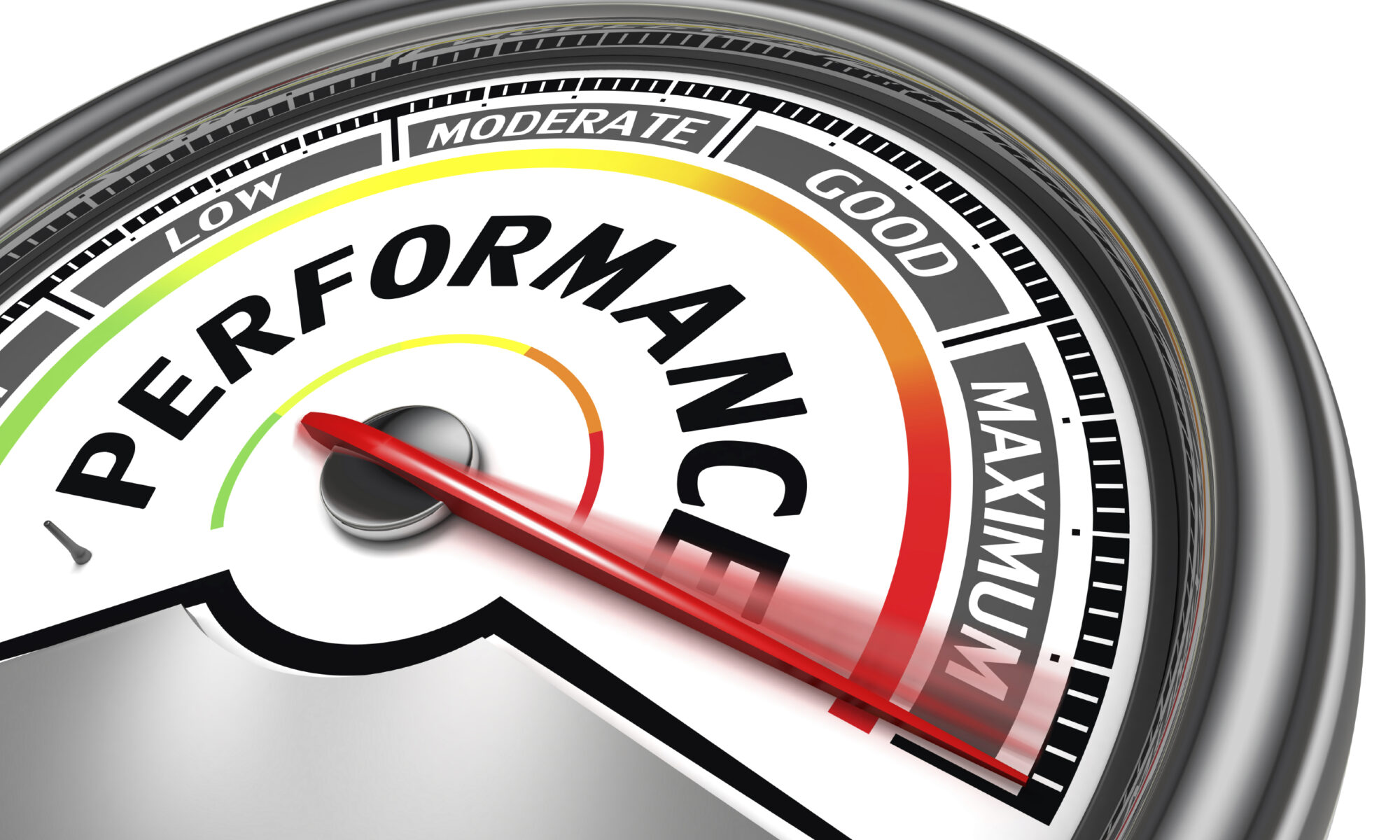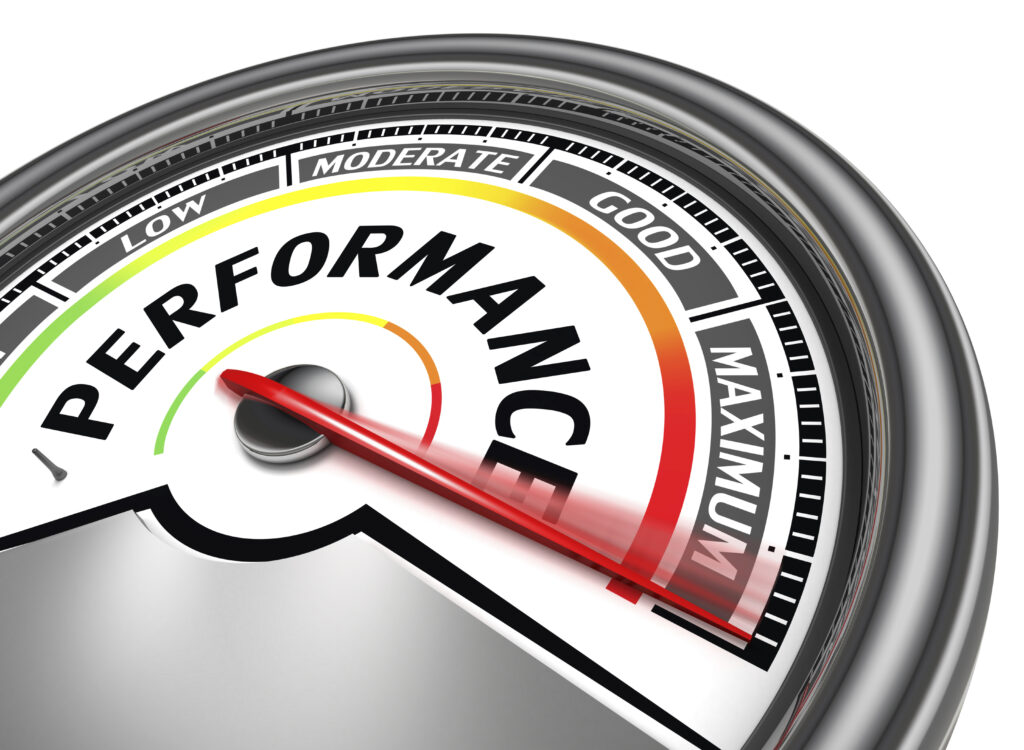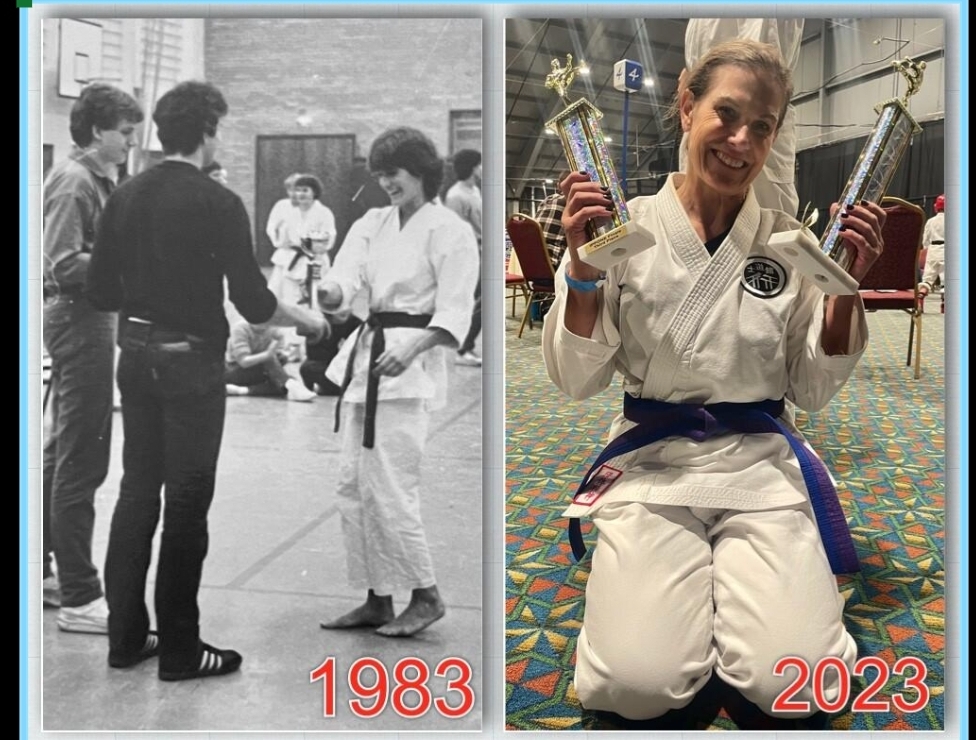Putting things into perspective
- admin
- June 11, 2024

Don’t we all have perspectives? Perspectives are feelings or opinions about the world around us, and depending on the lens we choose, they can range from dreadful, devastating, and disastrous to bright, blissful, and blessed. Perspectives are unique to each of us, and when it comes to our well-being, we need to choose a perspective that serves us.
When researching perspectives, we get the artistic view, the geographical view, and the frame-of-mind view, which I personally cherish. The problem is that we seldom accept another point of view without judging right and wrong.
There are few things we can agree on—generally speaking, they are irrefutable facts, such as when the sun sets and rises or when the tide is high or low. Yet people feel so insecure in their own position that they will argue “until the cows come home”, an American expression indicating that it could take a while before reaching a conclusion.
What conclusion do we need, though, to be in harmony with our own choosing? Frequently (too frequently?!), we choose a popular perspective or one we grew up with. When, then, is it time to change that perspective? It is time to consider other points of view when our perspective no longer serves us. When it leads to conflict, disagreement, and hurt. That’s the key anyway – being tolerant enough to accept other perspectives yet standing on our own ground. All too often, we just want to be right, and when we do, we miss out on the possibility that our point of view or perspective is limited or flawed.
What if we could accept that we are ‘only’ human, with all limitations and lack of greater perspective there is? What if we could reach for a higher connection, one that looks at possibilities and not at limitations? Imagine the world we would live in. Imagine the workplaces we could create. They would be limitless, inclusive, and serve a higher purpose, a.k.a., a higher perspective.
I encourage broadening our perspective when coaching clients. It is the only way I know to become more tolerant, accepting, and at ease with what we can and cannot control. Perspective is everything. What perspective do you choose?
I am Angela, the coach who helps you transform mindfully and with ease. Transformations are never easy, but the reward is incredible. I developed my signature coaching program called SOAR (the acronym stands for the four phases SEEK, OUTLINE, AWARE, and RELEARN) to help you transform mindfully and with ease. Contact me at angela@belladonnacareercoach.com to learn more.












